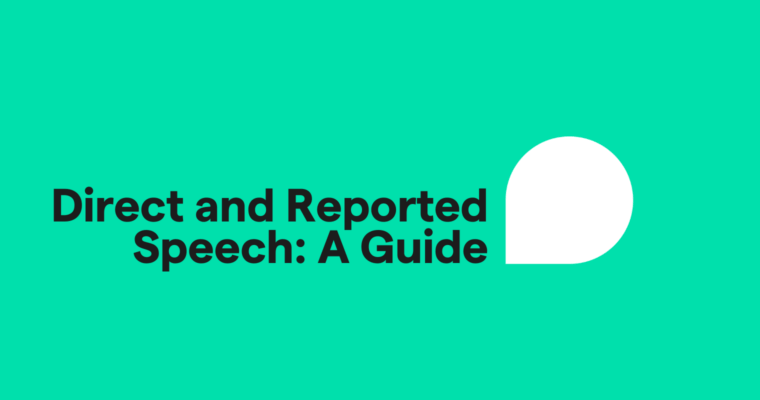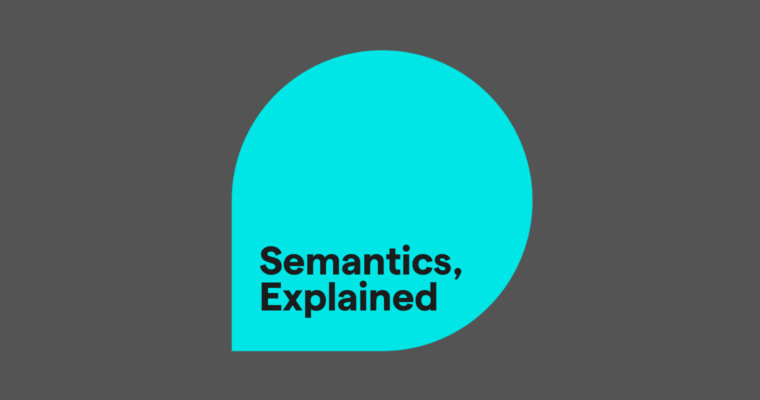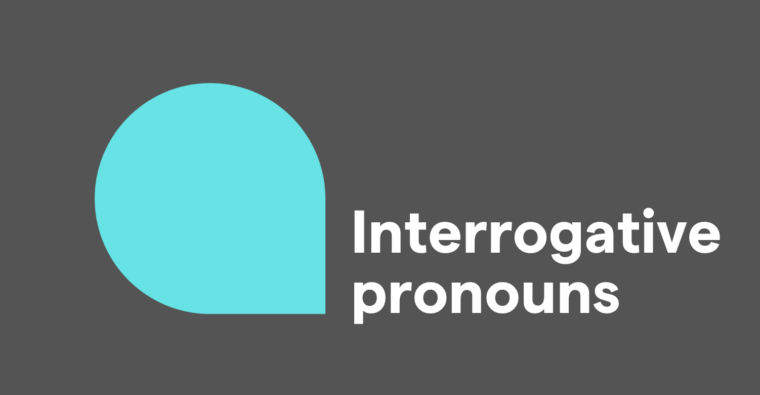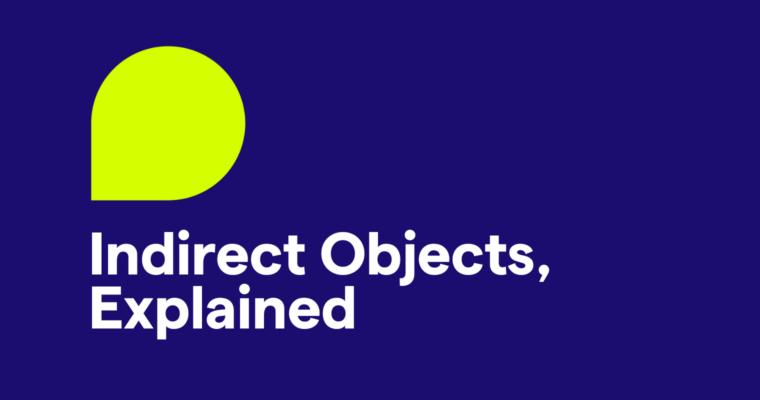
Key takeaways:
- An indirect object is a word or phrase that receives the direct object in a sentence.
- Indirect objects are typically placed between the verb and the direct object within a sentence.
- A sentence can have a direct object without an indirect object, but an indirect object can exist only in sentences with a direct object.
- Indirect objects are commonly found with ditransitive verbs like give, send, and teach, but not all verbs can take indirect objects.
In English grammar, an indirect object is the word or phrase that receives the direct object. In the sentence “The teacher gave the students cake,” the indirect object is the students who receive the action. The direct object is the cake given by the teacher. The teacher is the sentence’s subject, creating both the direct and indirect objects.
Because they’re closely related to direct objects, indirect objects can be confusing. This guide simplifies indirect objects with clear explanations and real-world examples.
Table of contents
What is an indirect object in a sentence?
Indirect objects vs. direct objects
How to find an indirect object
What is an indirect object in a sentence?
Indirect objects are easier to understand if you know what direct objects are. A direct object is the noun that receives the action of the verb. The indirect object, however, is the noun that receives the direct object itself.
Example sentence: Embiid passed Simmons the ball.
- Verb: passed
- Subject: Embiid (he’s the one doing the passing)
- Direct object: the ball (the thing Embiid passed)
- Indirect object: Simmons (he receives the ball, the direct object)
You can use indirect objects only in sentences with direct objects. However, a sentence can have a direct object without an indirect object—an example of this is “Embiid passed the ball.”
Therefore, not all sentences contain an indirect object—only those where the action is directed toward someone or something in addition to the direct object.
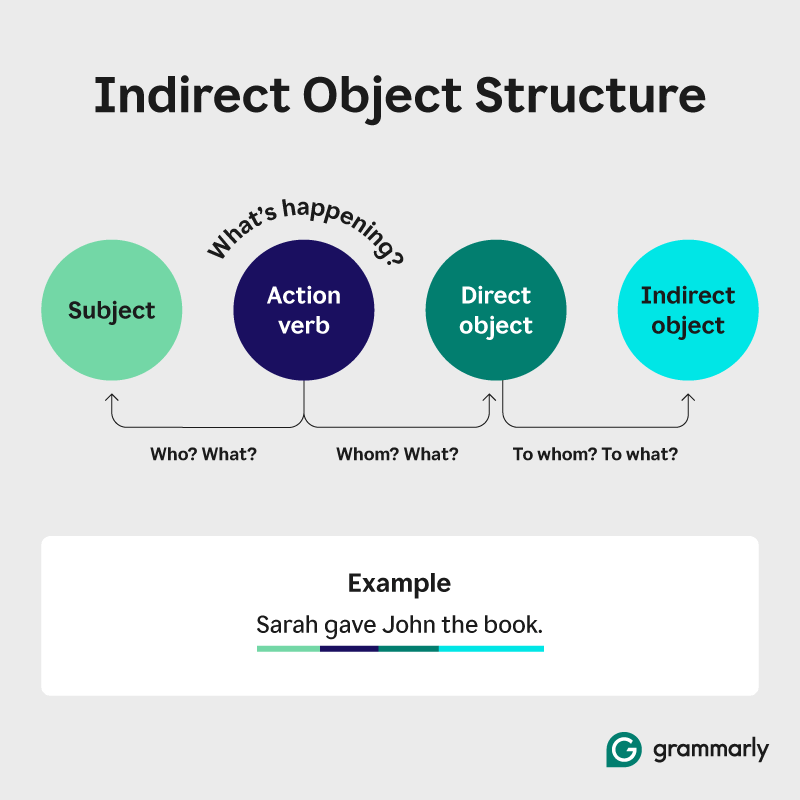
Ditransitive verbs with indirect objects
Ditransitive verbs take two objects: a direct object and an indirect object. You can use indirect objects only with transitive verbs because they depend on direct objects. Only a specific type of transitive verb, called a ditransitive verb, can take an indirect object.
Here are some common ditransitive verbs:
- ask
- bring
- buy
- get
- give
- hand
- introduce
- loan
- owe
- pass
- promise
- read
- sell
- send
- show
- sing
- teach
- tell
- throw
Indirect objects vs. direct objects
The difference between indirect objects and direct objects depends on what receives the action in a sentence as opposed to what receives the object. It helps to remember that indirect objects need direct objects, but direct objects don’t need indirect objects. For example, in the sentence “She gave him a gift,” a gift is the direct object (what is given), and him is the indirect object (who receives it).
Aside from the objects of prepositional phrases, if there is only one object in a sentence, it’s a direct object.
If there are two objects, note that:
- The object receiving the action of the verb is the direct object.
- The object receiving the direct object is the indirect object.
If you can identify one, it’s easy to spot the other.
How to find an indirect object
To find an indirect object:
1 Identify the verb and the direct object.
2 Ask, “Who or what is receiving the direct object?”
3 If a noun or pronoun answers this question and falls between the verb and the direct object, it is the indirect object.
For example: “Embiid passed Simmons the ball.”
Simmons is the answer to the question “Who received the ball?” and falls between the verb (passed) and the direct object (the ball), making Simmons the indirect object.
4 In standard sentence structure, indirect objects typically come after the verb and before the direct object.
The table below breaks down various sentences to illustrate the roles of the subject, verb, indirect object, and direct object in sentence structure.
Indirect and direct object sentence examples
| Subject | Verb | Indirect object | Direct object |
| Embiid | passed | Simmons | the ball. |
| Sarah | gave | Jake | a gift. |
| She | baked | us | a cake. |
| The teacher | handed | the student | a worksheet. |
| They | sent | her | an invitation. |
Indirect object phrases
Indirect objects can be either an individual noun or a noun phrase—a group of words acting as a noun.
In this example, him is the indirect object because he receives the money (the direct object). But what if we got a little more descriptive …
In this case, the indirect object is the entire phrase my tall bald friend of 10 years.
Indirect object pronouns
Ever wonder about the difference between the words I and me? English uses two different sets of pronouns: subject and object pronouns. In case you’re unfamiliar with them, here’s a quick rundown:
| Subject pronoun | Object pronoun |
| I | me |
| you | you |
| he/she/they/it | him/her/them/it |
| we | us |
| you (plural) | you (plural) |
| they | them |
Object pronouns are used as both direct and indirect objects in sentences. Moreover, if the subject and the indirect object are the same, it’s best to use a reflexive pronoun (myself, yourself, themselves, etc.) as the indirect object. In this way, the subject can transfer a direct object back to themselves.
Indirect object examples
To better understand indirect objects, it helps to see how people use them in real life. Here are some indirect object examples from literature and pop culture. We underlined indirect objects and bolded direct objects.
“Anyone who ever gave you confidence, you owe them a lot.”
—Truman Capote, Breakfast at Tiffany’s
“Ask me no questions, and I’ll tell you no lies.”
—Oliver Goldsmith, “She Stoops to Conquer”
“Don’t ever tell anybody anything. If you do, you start missing everybody.”
—J. D. Salinger, Catcher in the Rye
“Sing us a song, you’re the piano man.”
—Billy Joel, “Piano Man”
“Give a man a fish, you feed him for a day. Teach a man to fish, you feed him for a lifetime.”
—Lao Tzu, Tao Te Ching
“She generally gave herself very good advice (though she very seldom followed it).”
—Lewis Carroll, Alice’s Adventures in Wonderland
Crafting sentences with indirect objects
Indirect objects offer writers a powerful way to add depth and precision to their sentences. By understanding how these grammatical elements work, writers can craft more dynamic and engaging prose that clearly shows who receives an action, making every sentence count.
Grammarly guides you to grammatical excellence
Grammarly helps you use indirect objects correctly. Its grammar, sentence, and clarity suggestions help you make sure your writing is precise and accurate. Try Grammarly for free.
Indirect object FAQs
Understanding sentence structure is key to identifying and differentiating indirect objects from direct objects. Below are frequently asked questions and answers to help clarify their role in a sentence.
How do I identify the indirect object in a sentence?
To find the indirect object in a sentence:
- Identify the verb and direct object.
- Ask, “Who or what is receiving the direct object?”
- If a noun or pronoun answers this question and falls between the verb and the direct object, it is the indirect object.
What is the difference between indirect and direct objects?
A direct object is a noun that directly receives the verb’s action, while an indirect object tells us to whom or for whom the action is performed.
For example, in the example sentence, “Maddie sent Jacob a letter,” a letter is the direct object (what Maddie sent), and Jacob is the indirect object (who received the letter).
What are some examples of the indirect object?
Here are a few sentences that include indirect objects:
- The coach gave the players instructions (indirect object: the players; direct object: instructions)
- Zach built me a treehouse (indirect object: me; direct object: a treehouse)
- They sent their grandparents a postcard (indirect object: their grandparents; direct object: a postcard)
Do all sentences contain indirect objects?
Not all sentences include an indirect object. Indirect objects appear only in sentences with a transitive verb and a direct object.
For example, the sentence “She runs every morning” has no indirect object because nothing receives the action of running. However, in the sentence “She gave me the cookie,” the word me is the indirect object because it receives the cookie, the direct object.
